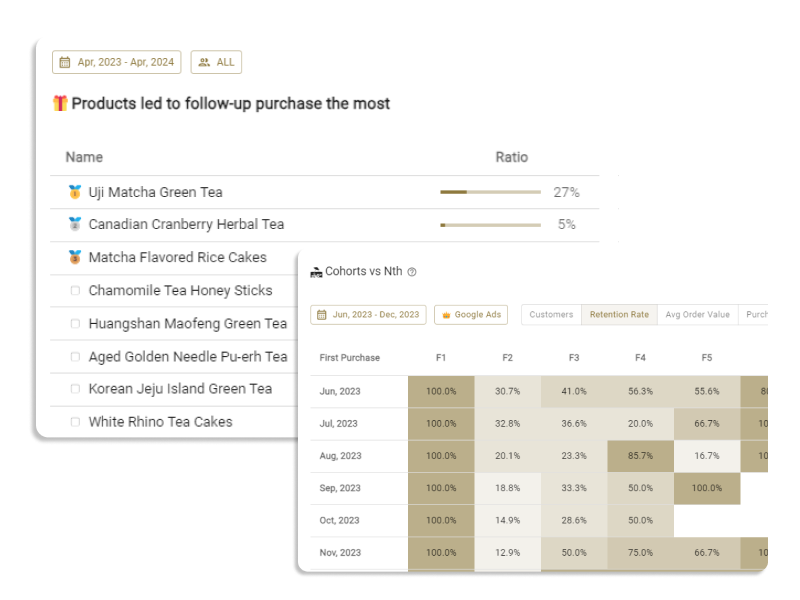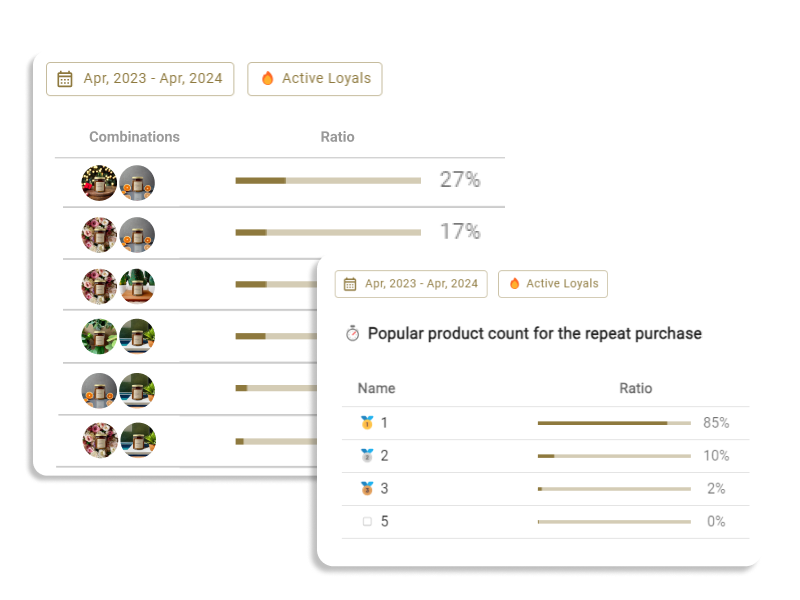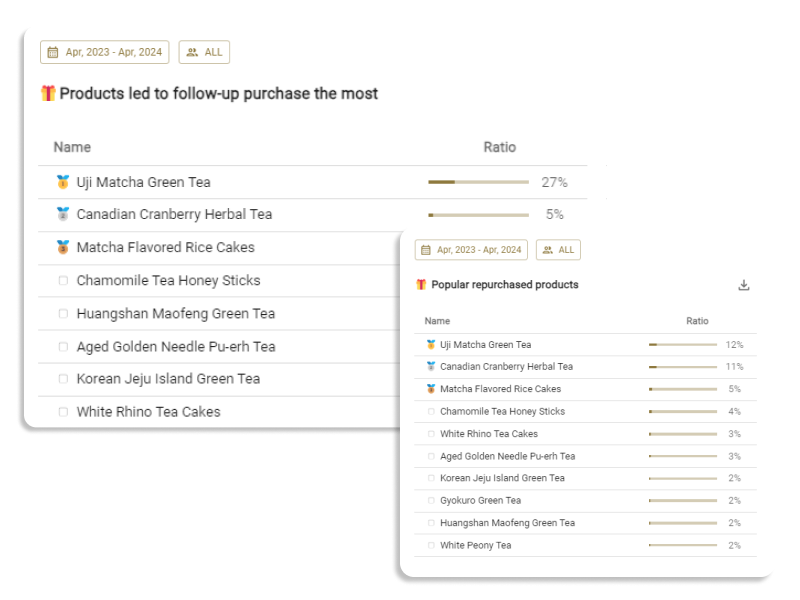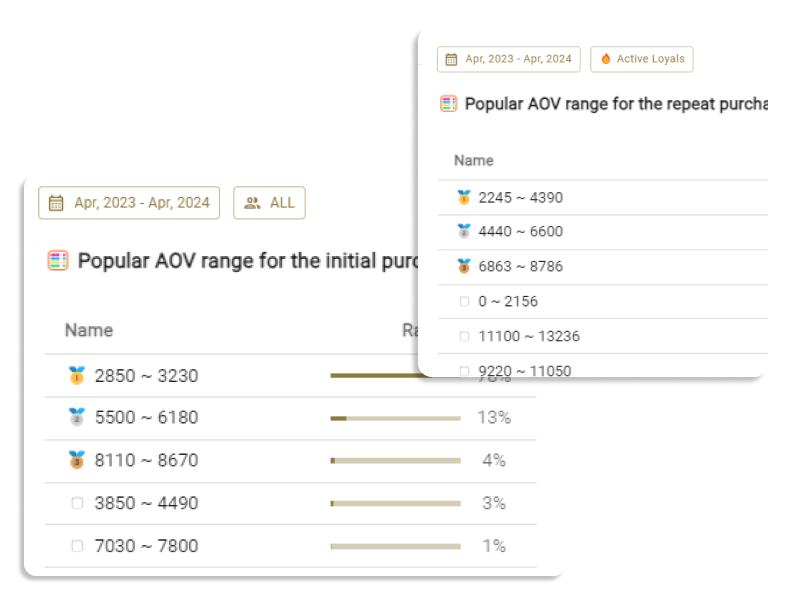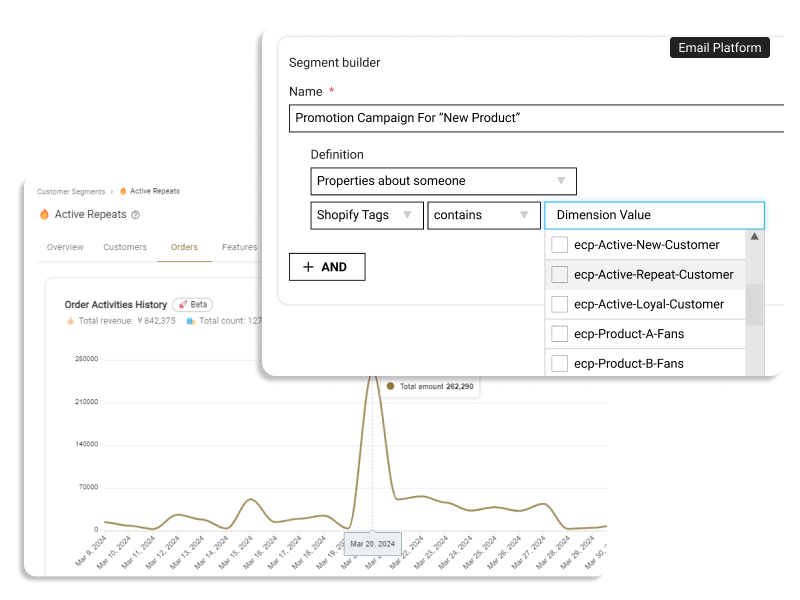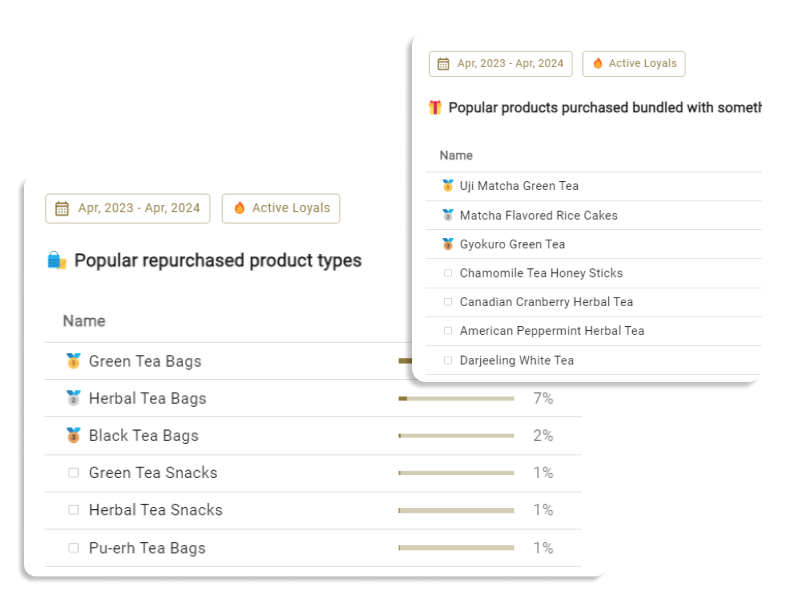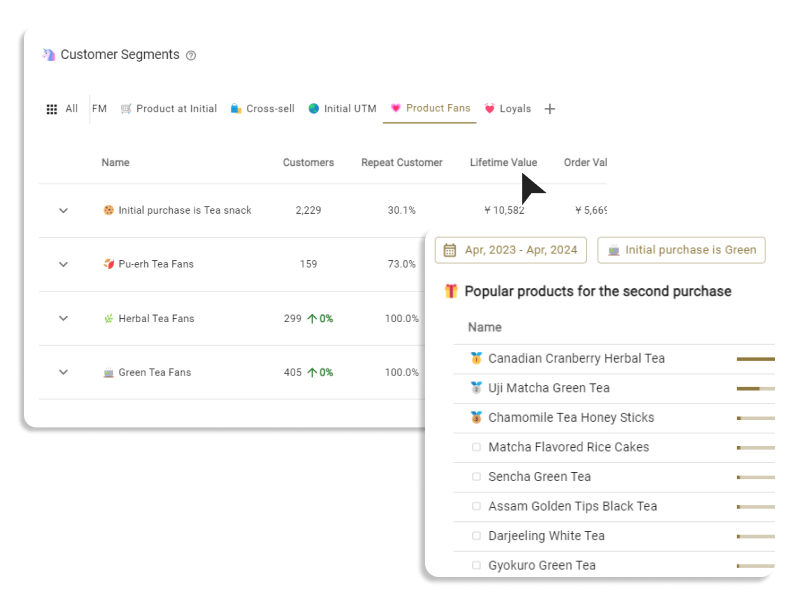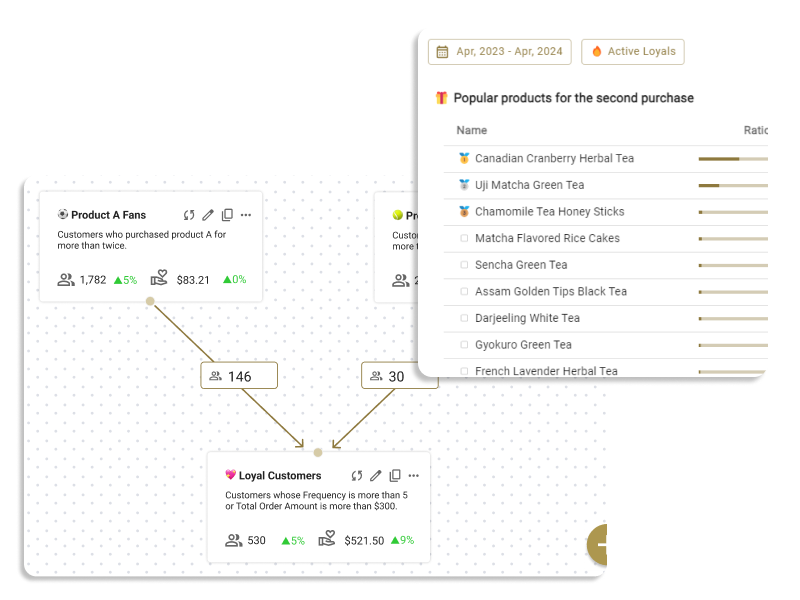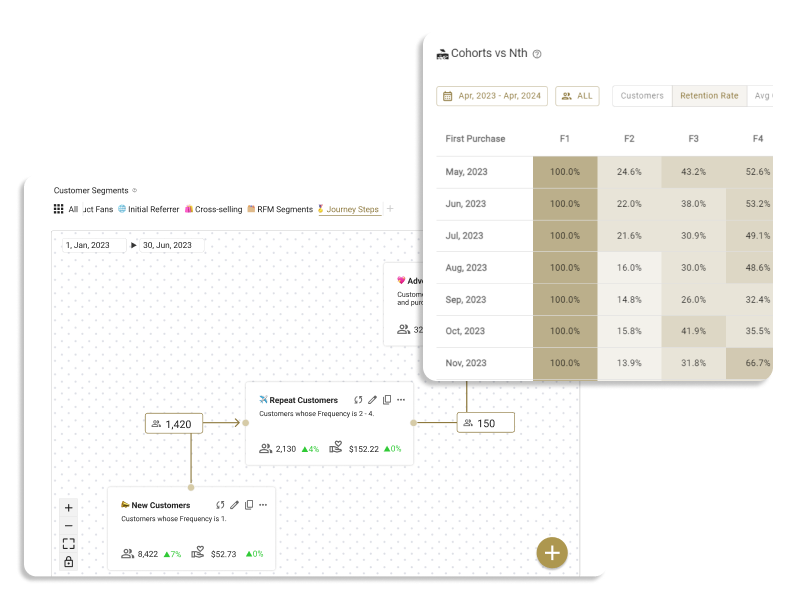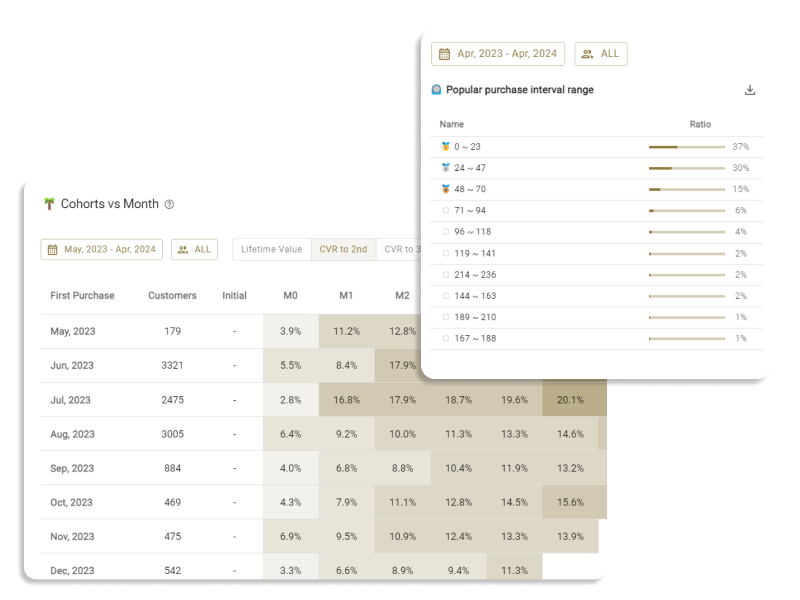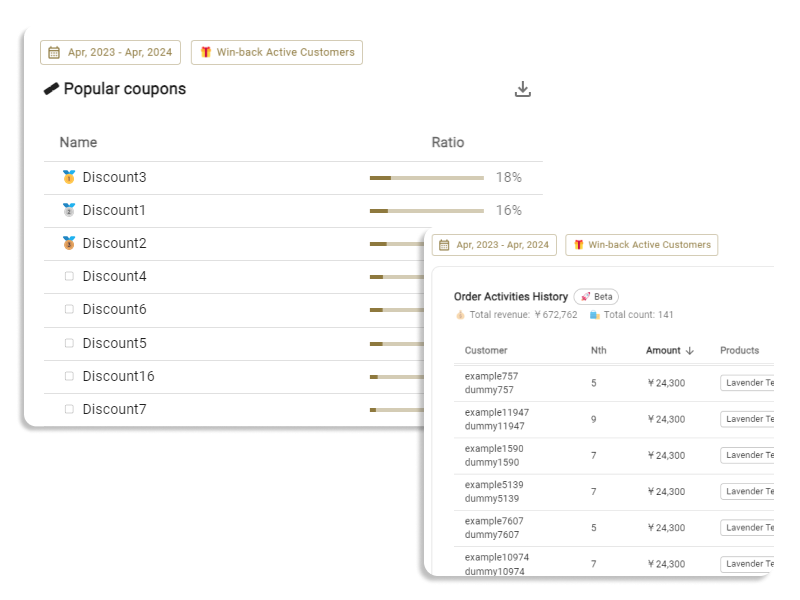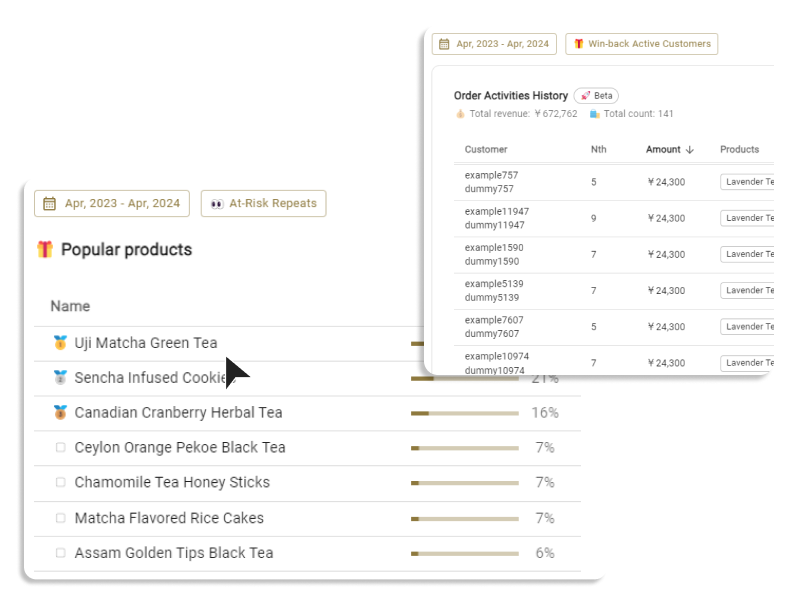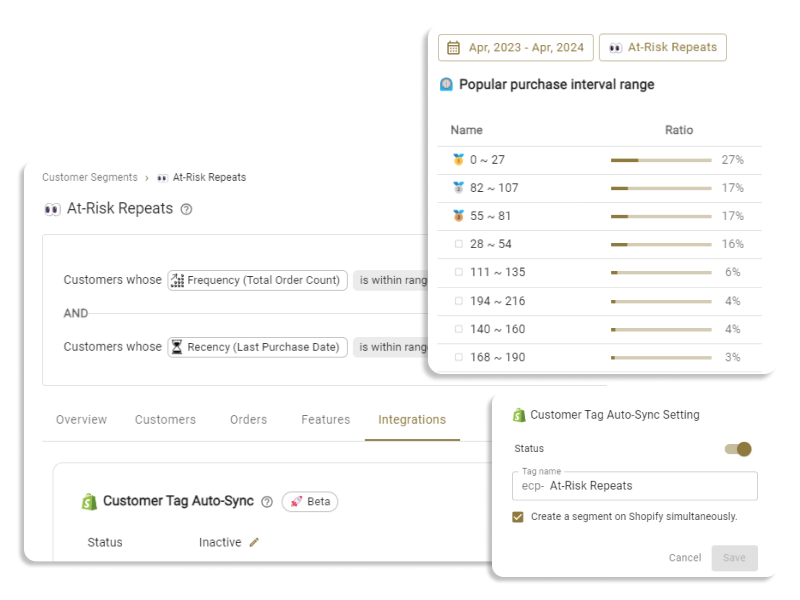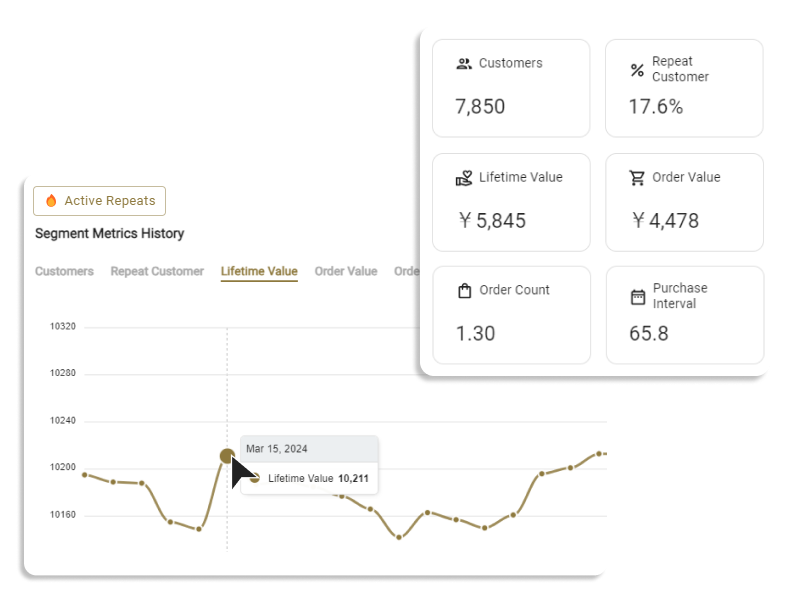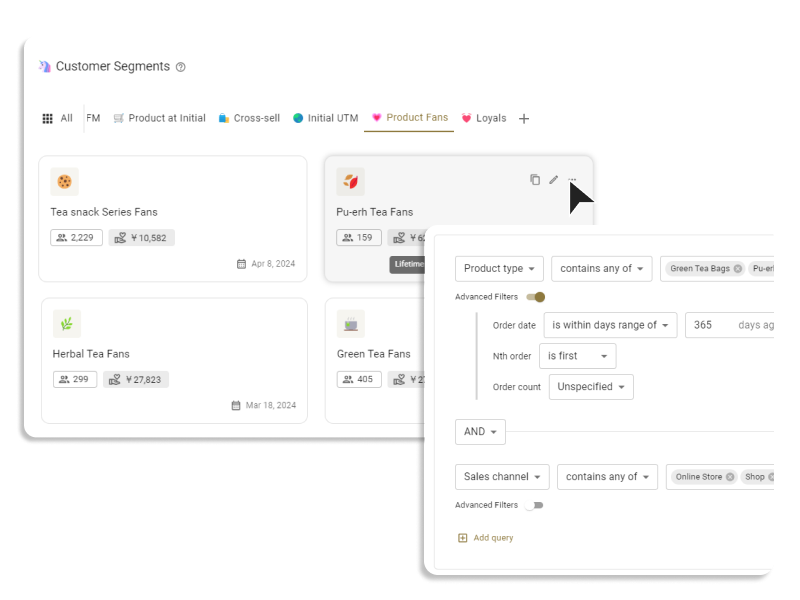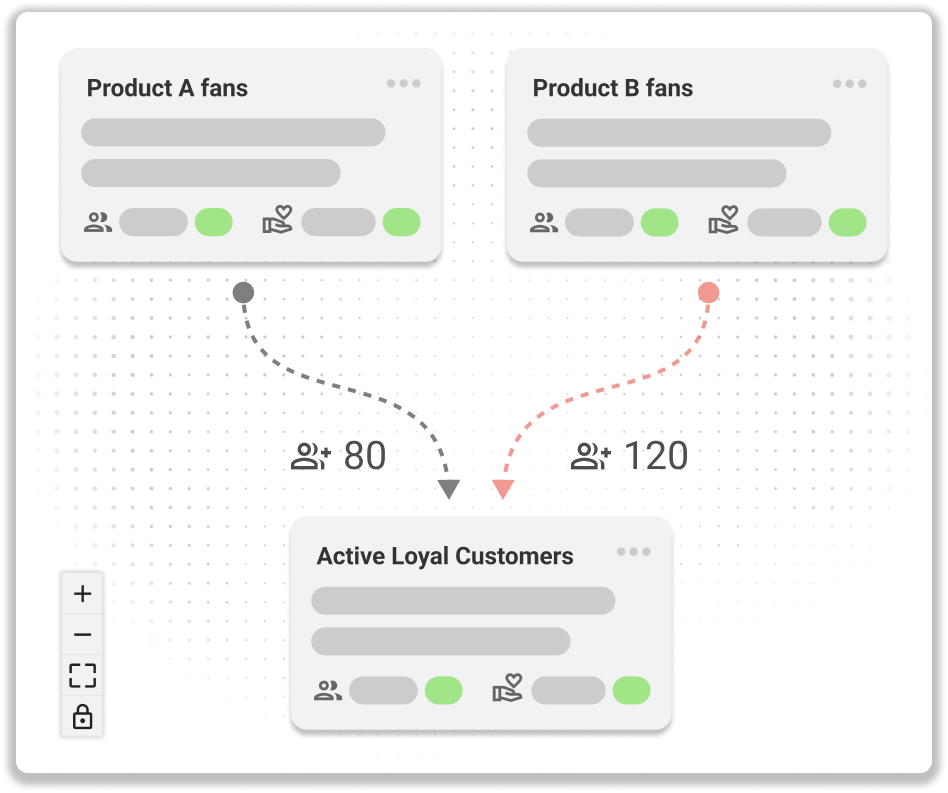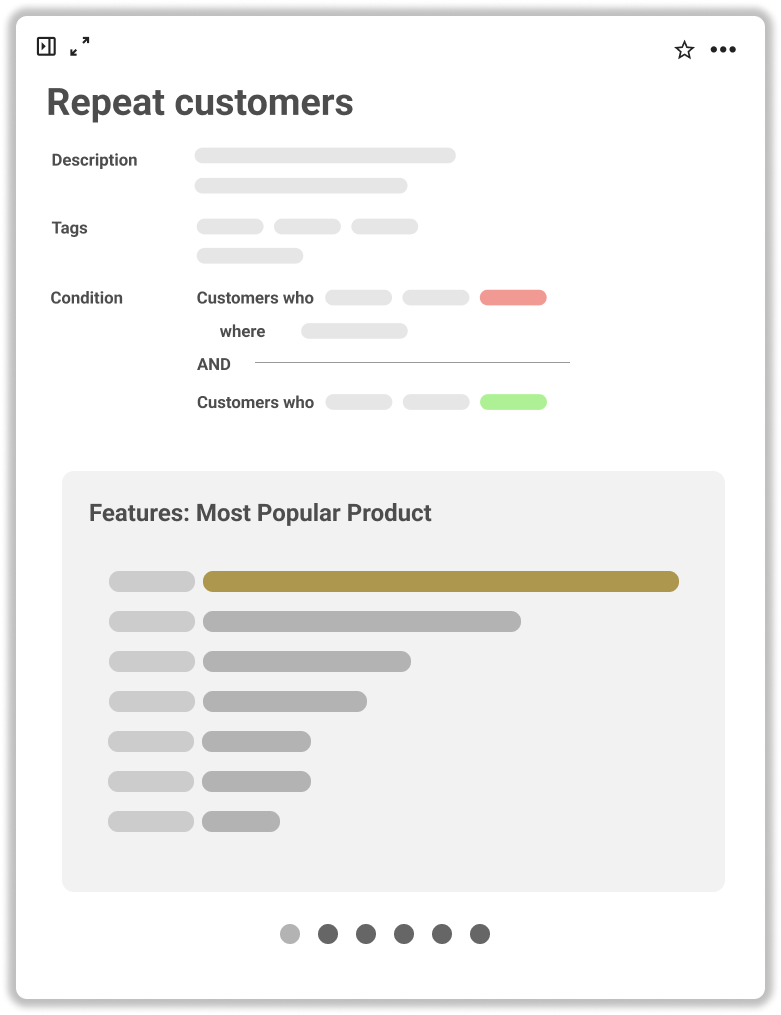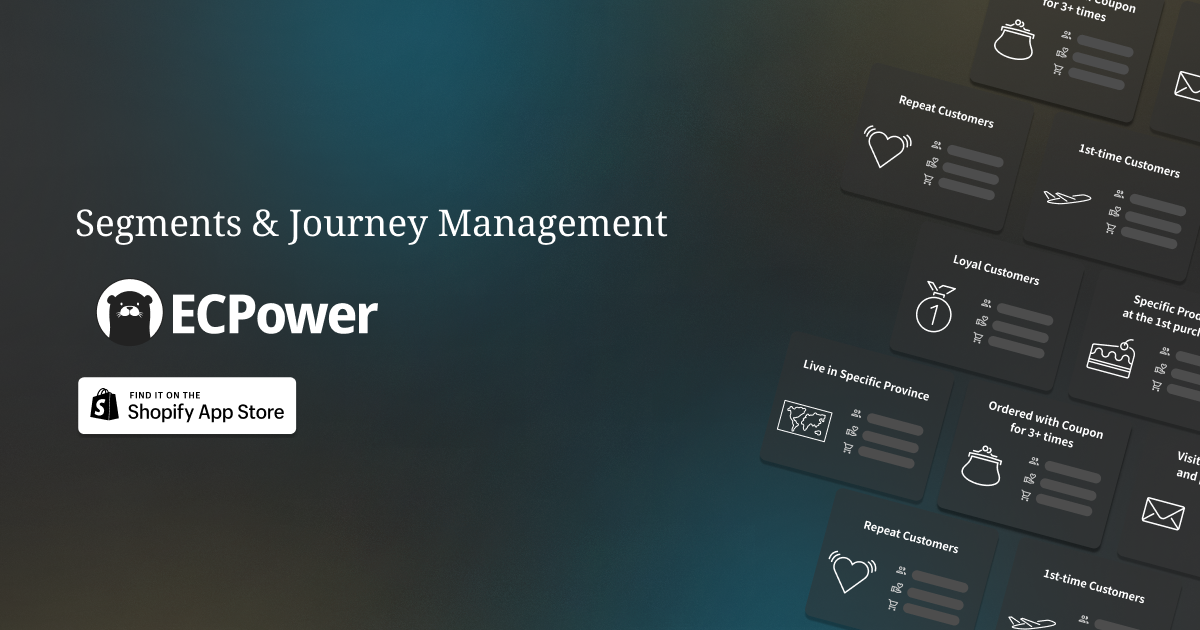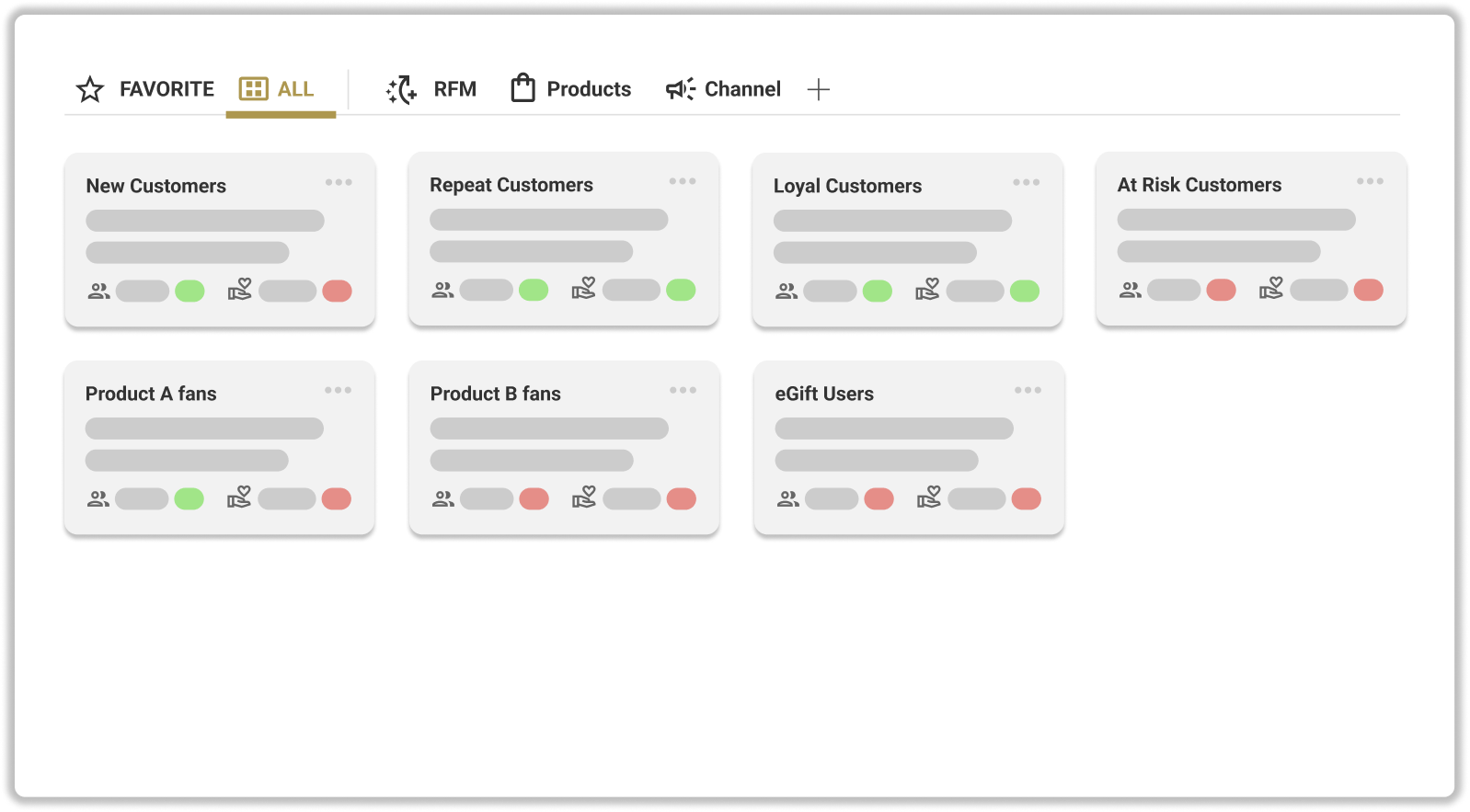Introduction
Upselling is a powerful strategy in eCommerce that can significantly increase your business's revenue, customer satisfaction, and customer lifetime value (CLV). In this article, we will explore the concept of upselling, its importance in eCommerce, and how to implement it effectively to improve your eCommerce business's CLV.
What is Upselling?
Definition of Upselling
Upselling is the practice of encouraging customers to purchase a more expensive, upgraded, or premium version of the chosen item or other add-ons for an increased overall sale. The primary objective of upselling is to increase the average order value, which in turn boosts your business's revenue.
Difference between Upselling and Cross-selling
While both upselling and cross-selling share the same goal of increasing the average order value, they differ in their approach. Upselling focuses on offering a better, more expensive version of the same product, while cross-selling aims to sell an additional, usually complementary, product. For example, upselling could involve offering a larger bag of coffee, while cross-selling might involve suggesting coffee filters or a coffee mug.
Merit of upselling in eCommerce
Upselling has several benefits for eCommerce businesses, including:
Increased revenue
Upselling can boost your revenue by 10-30% on average. When customers opt for higher-priced items or packages, it results in an increased average order value (AOV) and, consequently, higher revenue for your business. This additional income can be reinvested in other aspects of your business, such as marketing or product development, to drive further growth.
Improved customer satisfaction
Offering customers better, higher-quality products can lead to greater satisfaction and loyalty. Upselling enables you to tailor your product offerings to meet the specific needs and preferences of your customers. When customers feel they are receiving personalized attention and recommendations, their satisfaction with your brand increases, fostering long-term relationships.
Cost-effective
Upselling is 68% more affordable than acquiring a new customer. The cost of attracting new customers can be quite high due to marketing and advertising expenses. By focusing on upselling to existing customers, you can maximize the return on investment (ROI) of your marketing efforts, making it a more cost-effective strategy.
Better inventory management
Upselling can help you manage your inventory more efficiently by promoting the sale of higher-priced items or products with higher profit margins. This can help you clear out slow-moving stock or focus on selling items that provide a greater return on investment.
Personalized customer experiences
Upselling enables you to provide personalized recommendations based on a customer's previous purchases, browsing history, and preferences. This personalized approach can create a unique shopping experience for your customers, making them feel valued and more connected to your brand. This connection can foster long-term loyalty and increase customer CLV.
Examples of Upselling in eCommerce
Here are a few examples of how upselling can be applied in eCommerce:
Create a "Buy One, Get One For A Discount (BOGO)" offer
A "Buy One, Get One For A Discount" offer can entice customers to purchase a higher-priced item or a larger quantity of the same product. For example, a clothing retailer might offer a discount on a second pair of jeans when a customer purchases the first pair at full price. This strategy not only increases the AOV but also helps move inventory more quickly.
Promote related or recommended products
By suggesting related or recommended products based on a customer's browsing history, shopping cart, or previous purchases, you can encourage them to consider additional items that complement their existing selections. For example, an online electronics store might recommend a compatible charging cable or case when a customer purchases a smartphone. This targeted approach to upselling helps increase AOV and improve the overall shopping experience.
Upsell accessories or complementary products
Upselling accessories or complementary products is an effective way to add value to a customer's purchase and increase revenue. For example, an online store that sells cameras could offer a bundle deal that includes a camera bag, tripod, and extra lens at a discounted price. By providing customers with an all-in-one solution that caters to their needs, you can enhance their satisfaction and encourage repeat business.
Offer an exclusive or limited edition version of a product
By offering an exclusive or limited edition version of a product, you can create a sense of urgency and exclusivity that encourages customers to spend more. For example, a cosmetics brand might release a limited edition version of a popular product with unique packaging or additional features. Customers who are fans of the brand may be more likely to splurge on the exclusive item, leading to increased revenue.
Points to implement upselling in eCommerce
To effectively implement upselling in your eCommerce business, consider the following points:
Use upsell apps or plugins to simplify the process
Many eCommerce platforms, such as Shopify, WooCommerce, or Magento, offer apps or plugins designed to facilitate the upselling process. These tools can help you create and manage upsell offers, track performance, and automate recommendations. By leveraging these resources, you can streamline your upselling efforts and make them more effective.
Determine the best products to upsell based on your product offerings
Identify which products in your inventory have the highest profit margins, complementary relationships, or are frequently bought together. These products are prime candidates for upselling. By focusing on products with the most potential, you can maximize the return on your upselling efforts.
Personalize your upselling approach
Customers are more likely to respond to upsell offers that are relevant and personalized. Use customer data, browsing history, and past purchases to make personalized recommendations. Tailoring your upselling strategy to individual customers can increase engagement and conversion rates.
Ensure a seamless user experience
Make sure that the upselling process is smooth and unobtrusive for your customers. Avoid aggressive or pushy tactics that could lead to negative experiences or abandoned carts. Instead, focus on presenting upsell offers in a helpful, customer-centric manner that adds value to their shopping experience.
Run your offer for 1-2 weeks and A/B test to find the most effective upsell strategy
It's essential to test different upselling strategies to determine which approach resonates best with your audience. Conduct A/B testing by running two or more variations of an upsell offer simultaneously, and track the results. This allows you to identify the most effective strategy and make data-driven decisions on how to refine your upselling efforts.
Measure, tweak, and repeat the process to ensure continuous improvement
Regularly review the performance of your upselling campaigns, and adjust your strategies as needed. Monitor key metrics, such as conversion rates, average order value, and customer satisfaction, to gauge the success of your upselling efforts. By continuously iterating and refining your approach, you can optimize your upselling tactics and maximize their impact on your business.
Why is Upselling important for increasing eCommerce customer lifetime value (CLV)?
Boost revenue by encouraging customers to spend more
By offering customers a more expensive or upgraded product, you encourage them to spend more on each transaction. This increased spending contributes to higher revenue for your business, making it more profitable in the long run.
Increase average order value (AOV)
Upselling directly affects the AOV by motivating customers to purchase a higher-priced item or bundle. A higher AOV translates to more income from each transaction, ultimately leading to better financial performance.
Optimize marketing spend
When you focus on upselling to existing customers, you can reduce the cost of acquiring new customers. This optimization allows you to invest more in marketing strategies that target your current customer base, leading to better customer retention and higher CLV.
Summary
Upselling is a powerful strategy for eCommerce businesses looking to improve their CLV. By encouraging customers to spend more and providing them with better products, you can boost revenue, increase AOV, enhance customer satisfaction, and foster loyal customer relationships. By implementing upselling strategies in your eCommerce business, you can optimize marketing spend and drive long-term growth.



